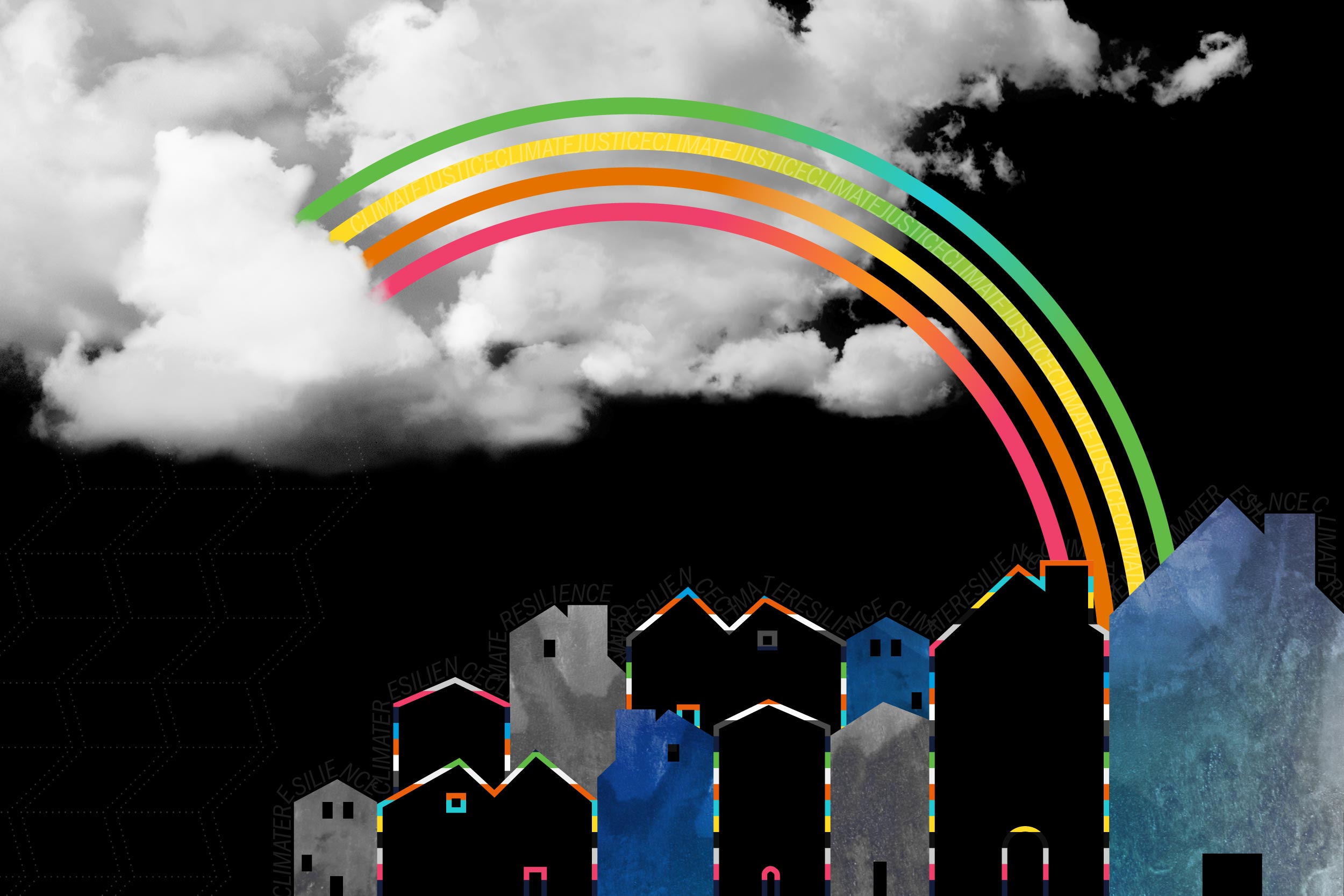As the world’s climate changes, many places are experiencing higher temperatures, changes in precipitation levels and snow patterns leading to overall drier conditions. This is altering soil moisture and humidity levels, drying out forests and shrubs. As a result, places like Australia, the western United States and Greece are experiencing longer fire seasons and an increased intensity and frequency of wildfires. Recent wildfires have devastated towns, scorched the natural landscape and endangered wildlife habitat.
The changing climate has required us in architecture, landscape architecture, urban and environmental planning, and other design-related professions to rebuild and plan our communities in ways that prioritize climate resilience and climate justice. Climate resilience demands we recognize the interconnected relationship between built and natural environments and plan to become more resilient to the impacts of climate change. Climate justice requires we acknowledge the adverse impacts climate change can have on vulnerable populations. Combining both climate resilience and climate justice in our professions is often a challenge. We can learn, however, from communities who live these “words” every day.
For the past several years I have been working with Chilean colleagues, examining disaster management and recovery in Chile. On Jan. 27, 2017, a wildfire destroyed the entire town of Santa Olga, Chile. The fire destroyed 1,000 homes, a school, and a child care center, resulting in the deaths of 10 people and the displacement of 5,000 residents. The result of unusually hot, dry weather, it was the worst fire in modern Chilean history.
Santa Olga, located in Chile’s central Maule region, formed in the 1960s as an informal settlement for locals working in the forestry industry. Residents had no deeds or rights to the land and therefore had been living illegally or in ambiguity in the area known as Santa Olga. Residents also did not have access to running water or electricity.
Although the fire that devastated the town of Santa Olga came at a great price to the surviving local residents in terms of the loss of personal items and the social and physical fabric of the community, the reconstruction process provided an opportunity to rebuild in a more resilient, equitable and sustainable way. Most notable is that rebuilding provided more opportunities for many of the most vulnerable residents (those without identification, land ownership, women and the elderly) to discover and exercise agency and collaborate directly with government.





